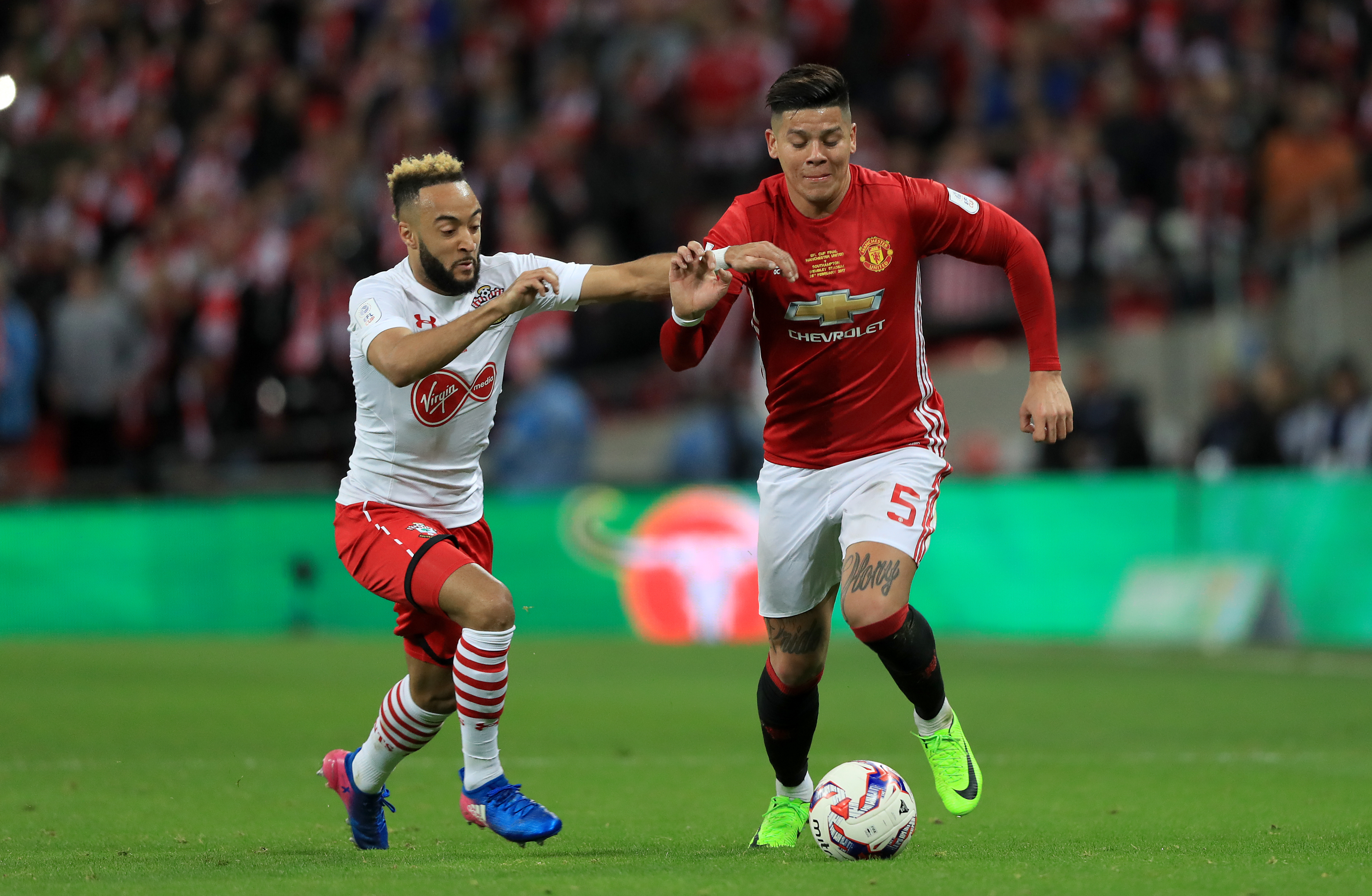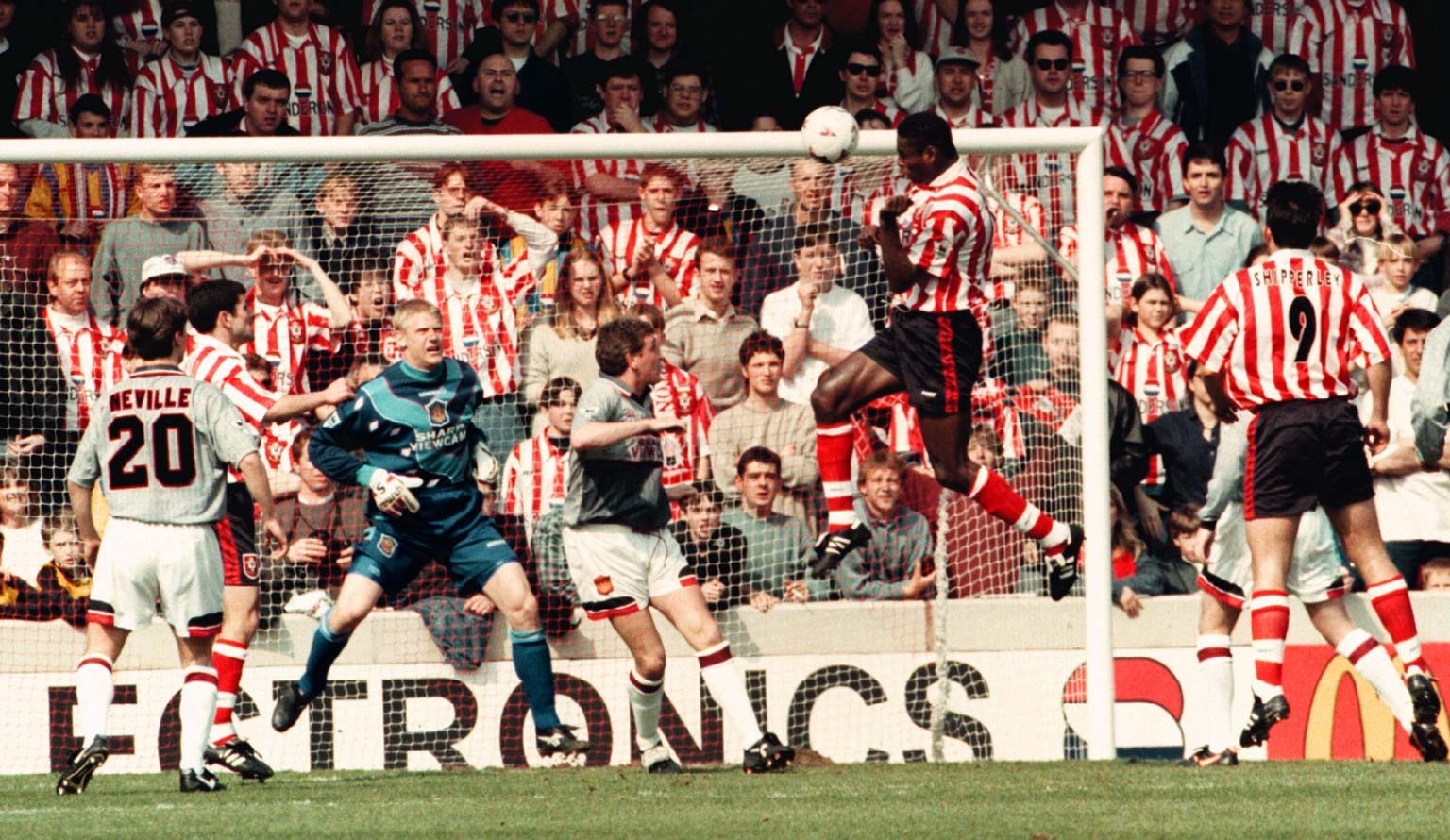Kit colour clashes slow down footballers’ responses, study finds

Footballers’ response times are slowed down when both sides have the same colours in their kit, according to new research.
Researchers found it takes players twice as long to find a team-mate when they are in “crossed kits” – one side with red shirts with blue shorts and the other with blue shirts with red shorts.
The academics from the University of York also found a significant reduction in response time when both teams wore the same coloured shorts, even if the shirts are different.
They say a change in the laws of the game may be needed.
The paper – Finding Neymar: the role of colour in the detection and discrimination of football kits – was published in the journal Perception and cited the the 2017 EFL Cup final clash between Manchester United and Southampton when the players were wearing crossed kits of red and white.
During the final, a Southampton goal was controversially disallowed when the assistant referee had to make an offside call.
Liam Burnell, a graduate in the university’s Department of Psychology, said: “We found that where, for example, one team wears white tops and red shorts and the other wears red tops and white shorts the search time for a fellow team player is affected.
Get FourFourTwo Newsletter
The best features, fun and footballing quizzes, straight to your inbox every week.
“With crossed conditions also impairing the ability to discriminate two teams quickly and accurately, rules that prevent this from occurring may be beneficial in preventing misplaced passes and incorrect refereeing decisions.”
The authors say Association Football’s Law 4 states that “the two teams must wear colours that distinguish them from each other and the match officials”, but there is no further guidance.
Mr Burnell said: “This could have implications for the laws of the game, with current guidelines only prompting a change in kit when the referee believes kits to make teams indistinguishable.”

The research was conducted using graphic images from video games and alternating kit colours which were then transposed onto different backgrounds. Participants’ response time in identifying the different teams was then monitored.
The study said the football kits have been “an area of research that has received an underwhelming amount of coverage” and also called for further work on the role different strip colours have in player detectability set against stadium backgrounds.
This follows Sir Alex Ferguson’s much-quoted claims that his players could not see each other while wearing a grey kit in a 1996 clash between Manchester United and Southampton.
The researchers also cited comments from the then Wales manager Chris Coleman before a World Cup qualifier against Austria saying that no-one wanted to play in grey as it was hard to distinguish players.
In 2017, then Plymouth manager Derek Adams described how they had introduced white socks to help players because the dark green strip blended in with the seating and the grass.
